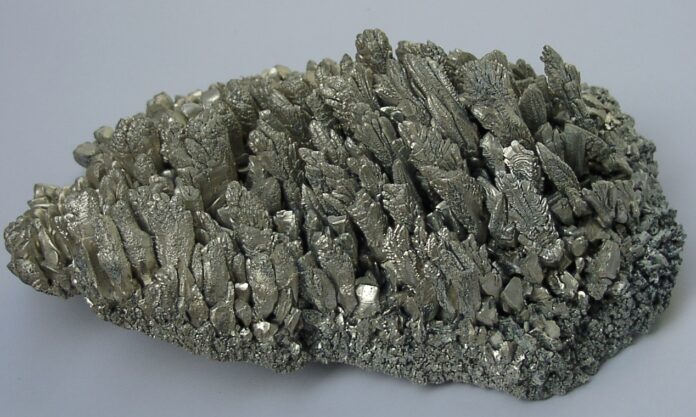In the modern world, magnesium is used more widely than one might think. Humanity learned about it relatively recently, at the end of the 17th century, but since then, hundreds of applications have been developed for it. Magnesium can be found everywhere, from certain household electrical appliances to automobiles! This widespread use is due to its properties combined with its abundance on Earth.
Facts About Magnesium:
- It gets its name from the mineral magnesite, which has a high magnesium content. Magnesite was named after its large deposits were discovered near the ancient Greek city of Magnesia.
- Magnesium slightly resembles silver in appearance—it’s also a light, silvery metal that is easily malleable and can be worked into different shapes.
- Magnesium sulfate was first isolated in 1695 from mineral-rich water.
- One form of magnesium sulfate was historically known as “Epsom salt,” a bitter powder used as a laxative.
- More magnesium is dissolved in the waters of seas and oceans than is found on land in mineral deposits. Salt lakes contain even higher concentrations.
- Currently, China is the world’s leading producer of magnesium, producing more of this metal than all other countries combined. However, until the late 20th century, the United States held the lead, producing over 45% of the world’s magnesium.
- On average, there are about 19.5 kg of magnesium per ton of Earth’s crust. This mineral is one of the most abundant on our planet.
- The purity of processed magnesium can reach 99.999% or higher, with almost no impurities present.
- The surface of magnesium is always covered by a durable oxide film. If heated to about 600 degrees Celsius, this film will break down, and the metal itself will burn in a dazzling white flash.
- Magnesium burns so brightly that it is not safe to look at the flame without dark glasses—you could burn your retina.
- It is used in the production of many ultra-light alloys and is therefore actively used in aircraft construction and aviation in general.
- In the modern world, magnesium is obtained not only from mineral raw materials but also from seawater.
- Components of some car engines, such as those in the Zaporozhets, were made from magnesium in the past. Nowadays, magnesium is used to make many car wheels and other parts.
- Another application of this metal is in the production of high-capacity batteries, or simply put, accumulators.
- Magnesium is an essential element found in all body tissues and is necessary for the normal functioning of cells. It participates in most metabolic reactions, regulates the transmission of nerve impulses, and is involved in muscle contraction.
- Magnesium is one of the important biogenic elements, found in significant quantities in the tissues of animals and plants.
- It is the ninth most abundant element in the universe. It is produced in dying stars by the successive addition of three helium nuclei to a carbon nucleus. When such stars become supernovae, most of the magnesium is ejected into the interstellar medium, where it serves as raw material for the formation of new stars.
- The daily requirement of magnesium for an adult is about 300 mg for women and 400 mg for men. However, only about 30% of it is absorbed by the body.
